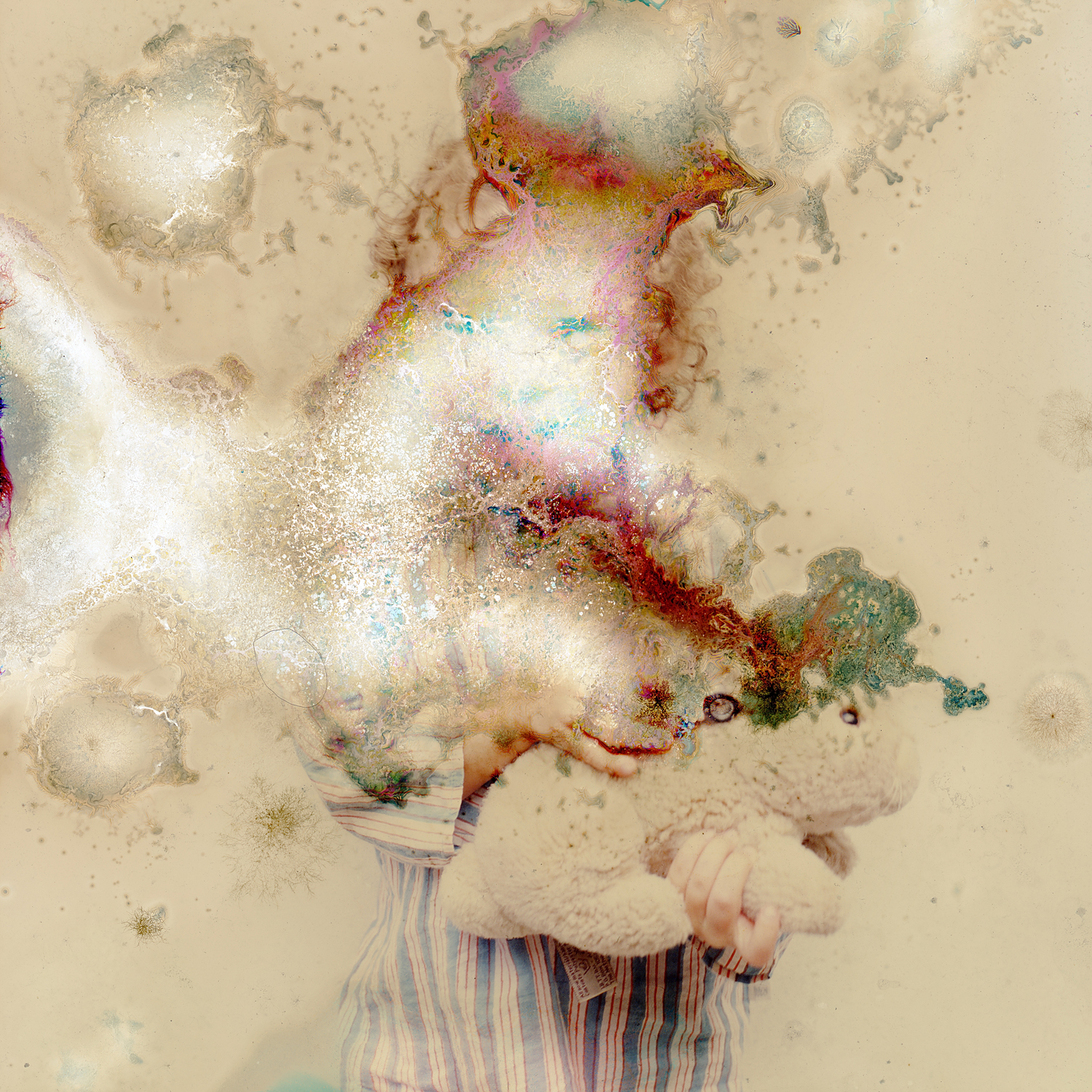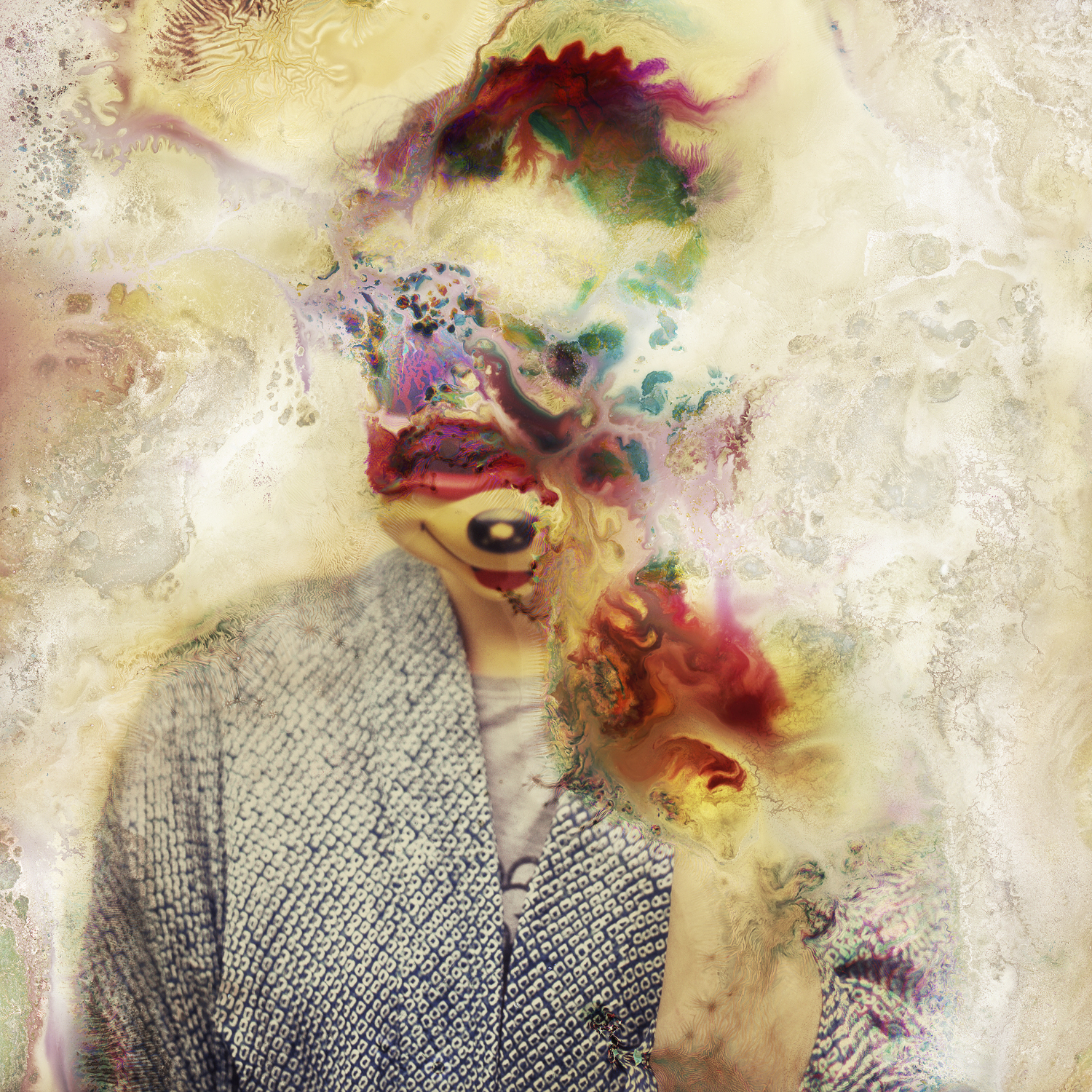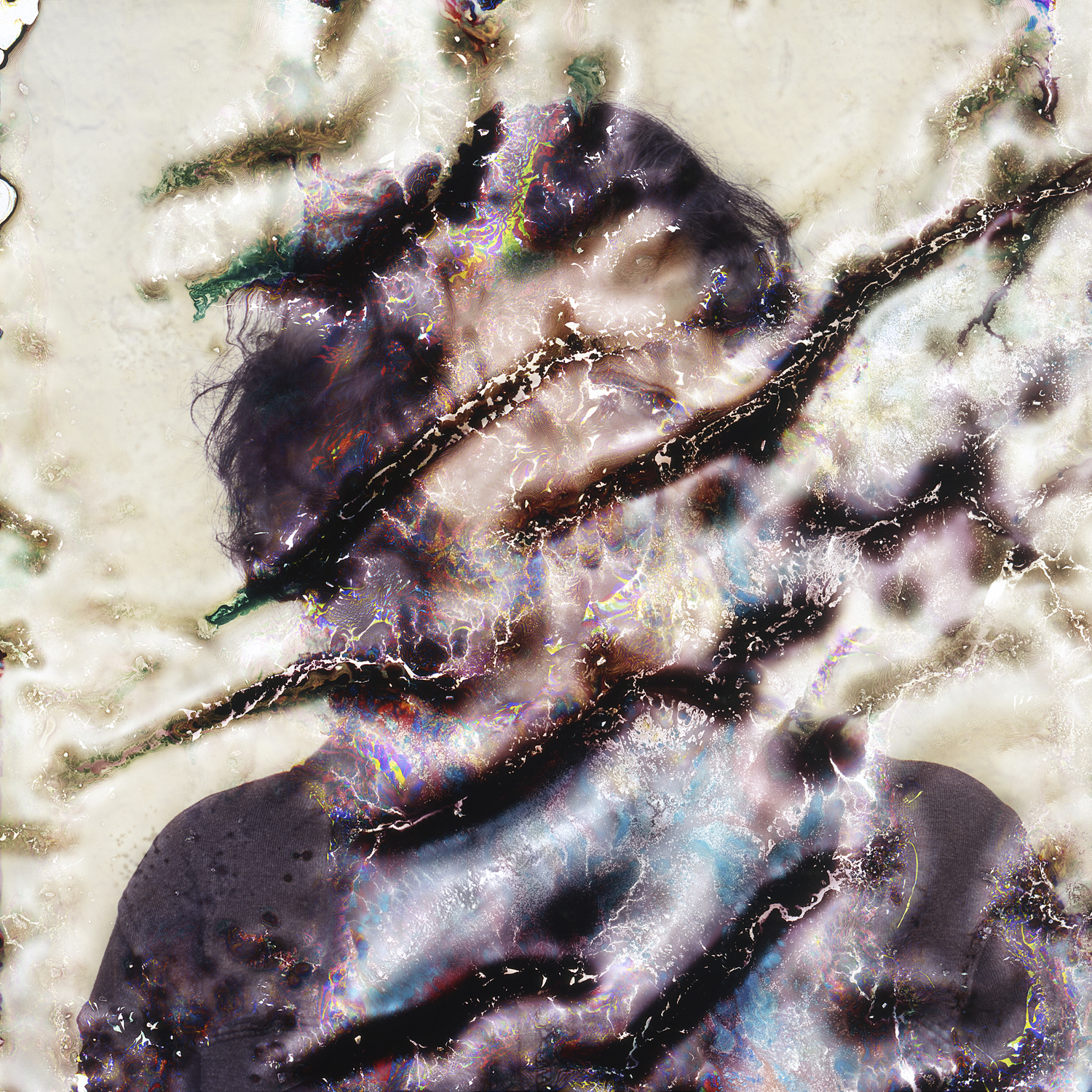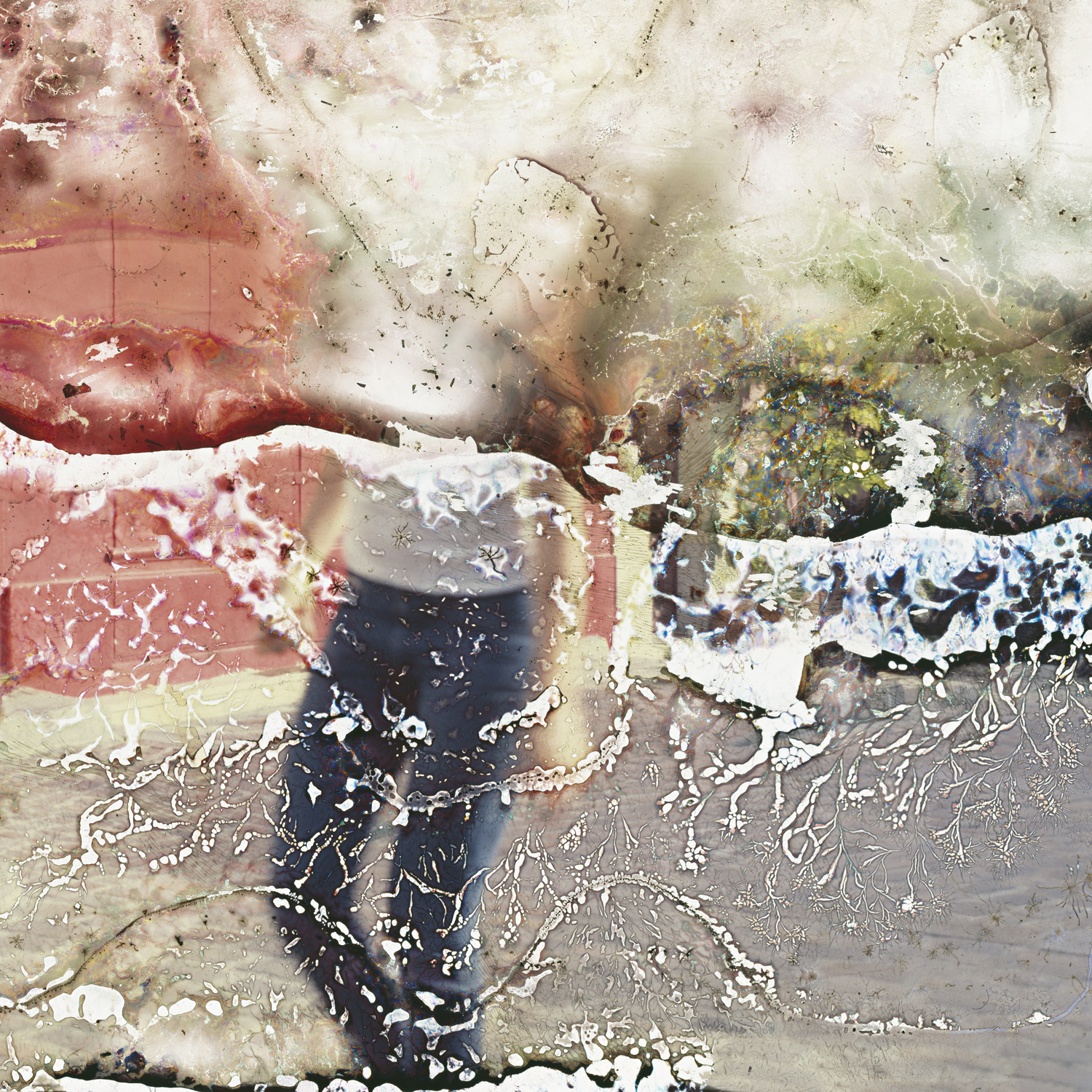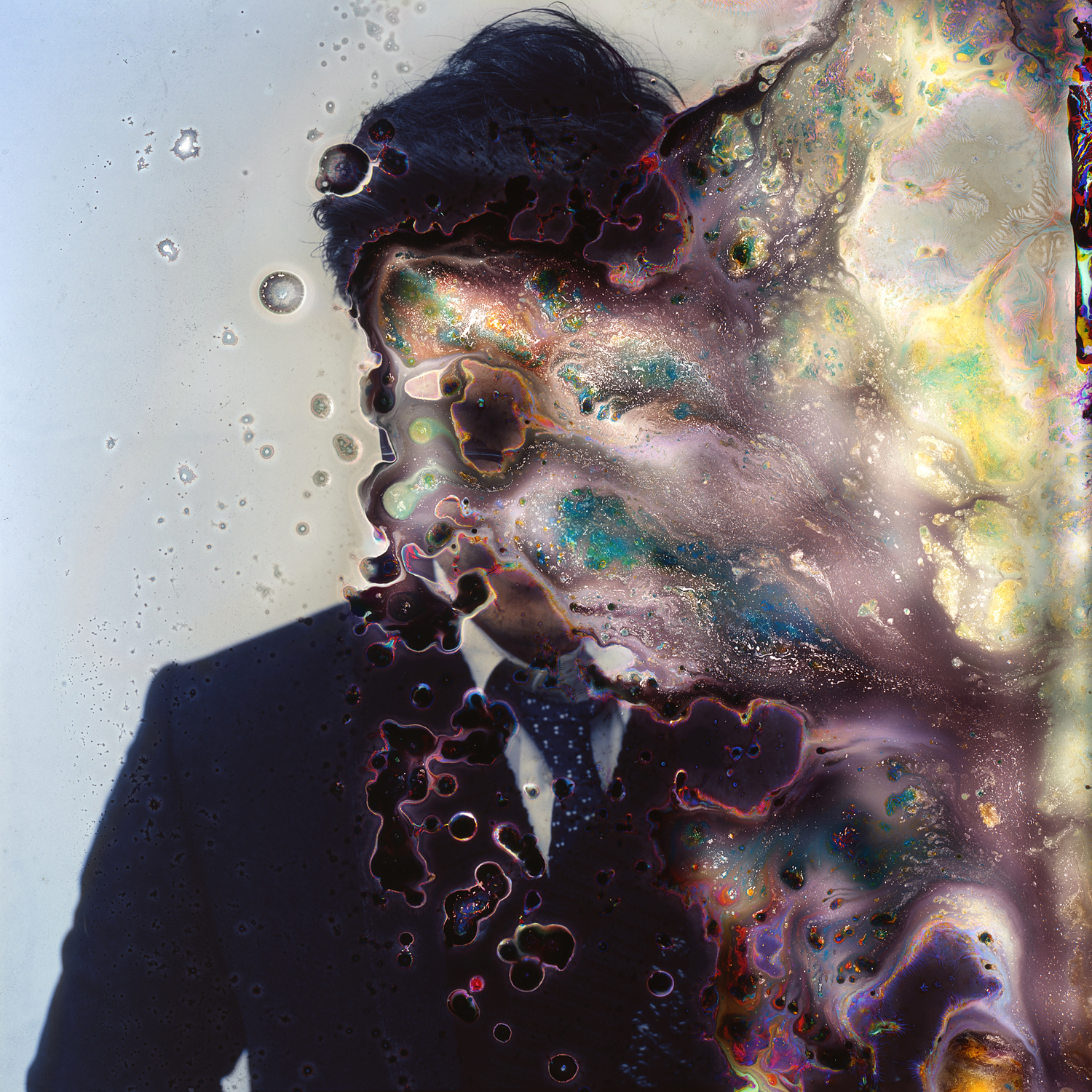Seung Hwan Oh Artwork: Photography Meets Science
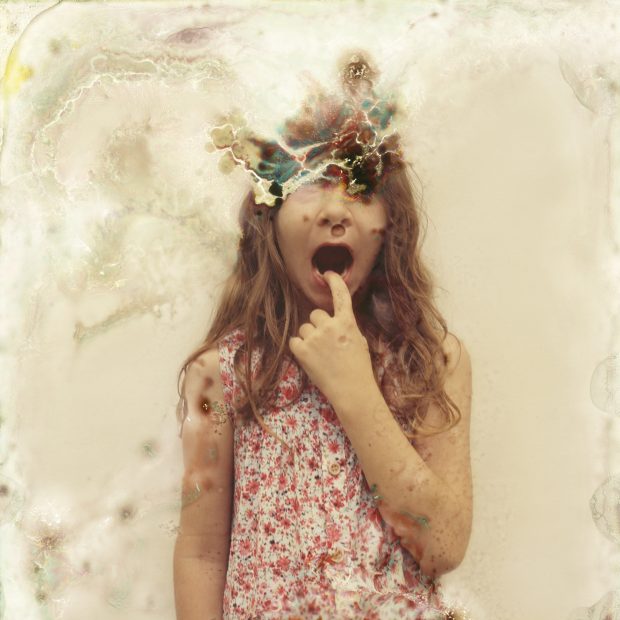
Amber, by Oh Seung-hwan
In a cozy bar near the Blue House, I met Oh Seung-hwan, also known as Tonio, a Korean photographer based in Seoul. While he was studying film at Hunter College in New York, he discovered his passion for photography. But Oh does not simply take photos. By focusing on making critiques against society and the plenitude of commercial images, he approaches photography unconventionally. So far, he has held exhibitions in Korea, Italy, England, Belgium, and Thailand. His works are also being permanently displayed in the galleries of Italy, London, Bangkok, and Seoul. Over a cup of cappuccino and a glass of wine, I discovered the connection between his artwork and science, philosophy, and literature. Next October, he will hold a solo exhibition in Paris.
Q: Can you describe your job as a photographer?
A: In 2010, I began using a scientific approach for my work because it gives me a background that supports my artistic intention. As I was studying the second law of thermodynamics which is related to entropy, I found out that energy flows in the direction of order to disorder, from useful to useless energy. For instance when you burn coal, gas is evaporated. After the burning, only ashes remain—these ashes cannot become coal again. This is a very simple concept but it means a lot to me. All matter including all the life forms collapse in our spatial-temporal dimension we belong to. I decided to use this idea in my photography. When I was trying to find a way to express this concept in my work, I ran into a BBC article in which a journalist explained that the BBC film archive was attacked by fungus. It was a disaster because many of the films were damaged but when I saw the images of films eaten by fungus I thought they were very beautiful. I said to myself “Let me try it!” I started taking pictures (portraits at first) using an analog camera. When I developed these photos, I created a humid environment so that the film would collect fungus. It takes a long time to get results (from six months to several years). I can control the environment but not the result.
Q:How many photos do you usually take for each portrait?
A: I usually take a hundred photos for each person and I have photographed more than hundred of people. And the result: only fifteen complete portraits.
Q: What are you working on in these days?
A: I finished the series of portraits (Impermanence) and, from last year, I started photographing people’s naked body with the same technique. I switched to nude photography for several reasons. To explain, I have to talk about a philosophical basis for my art. As you may have noticed, my portrait photos are already unconventional because they are not the normal images of a person. They have been distorted. I have always wanted to challenge societal norms that give off a very positive outlook on life. Society makes it seem like we can do whatever we want; that we can achieve our dreams whatever they may be. But it becomes difficult for us to be satisfied when we fail to live according to the potential society tells us we have. I wanted to challenge this positivity and express my art according to a negativeness that is not often explored. My photos provoke uncomfortable feelings in viewers—this negativeness is a form of criticism that is a gateway for philosophical thinking. When we criticize and provide arguments for the way things are, we are using a philosophical approach. Historically, some of the ancient Greek thinkers believed that Eros was a form of philosophy; that it contributes to the understanding of your being. So, I decided to explore Eros through the erotic image of the naked body. Between these lines, I hope one can infer the interconnectedness of negativeness, philosophy, and Eros.
Q: What is it like living in Korea as an artist?
A: One positive thing about being an artist in Korea is that there are many galleries so there are many places to show your work. However, most galleries are not professional. Moreover, artists struggle to make a living. That is the reason why we raised our voice to ask the government to be more concerned with art and culture.
Do you think that President Moon Jae-In will be more concerned about art?
A: I’d like to believe so.
Q: Generally speaking, do you think Koreans are interested in art?
A: That is a very tough question (laughing). The interest is growing but in the past ten years, many things went backward. To tell the truth, I realized Koreans are not really interested in art. We prefer more materialistic things such as making money. It is very sad but Koreans do not have enough spare time to enjoy things that are original and creative.
Q: What is the most difficult part of your job?
A: Making a living is the biggest challenge. I think that this is a common problem for most artists living everywhere. We frequently worry about how can we pay the rent this month or how can we pay the rent for our studio. But actually, this is not my main problem. Personally, I would like to get fewer complaints about my clumsiness from my wife. This is my real concern (laughing). Being an artist and working with fungus is secondary to that (laughing).
Q: How much does one of your pieces cost?
A: A portrait (150x150cm, edition of 5) was recently sold in Italy for 8,000 Euros.
Q: Do you have any suggestions for people who would like to become a photographer and/or an artist in Korea?
A: If you want to struggle to make a living this is the perfect job (laughing). In order to work in this field, you should read a lot. That is my suggestion.
Q: Since you had an exhibition at Consolato Generale di Milano (general Consulate of Milan), can you explain the promotion system of Korean artists abroad?
A: That my pieces were displayed in Consolato Generale di Milano was not planned. The Italian Gallery that I was working with (and still am collaborating with) participated at the Photos Art Fair in Milan and the Korean counsel there liked my work. After that, he proposed that I hold an exhibition in the Consulate museum.
I used to promote my works by myself. One day, I discovered that there was an art platform on the web. I uploaded my works and gallerists started contacting me. This is how I started to promote my works abroad.
Q: Who are the people who inspired you and are still inspiring you?
A: Many artists inspired me but Lao Tsu and Byung-chul Han are two philosophers that inspired my work. I want to mention Michelangelo Antonioni, Jean-Luc Godard, Luis Bnūel and Andrei Tarkovsky as my favorite directors.
- Yuna, by Oh Seung-hwan
- Mickeymask, by Oh Seung-hwan
- Gensei, by Oh Seung-hwan
- Passerby, by Oh Seung-hwan
- Davidhyun, by Oh Seung-hwan
-By Alessandra Bonanomi, reporter for The AsiaN



















